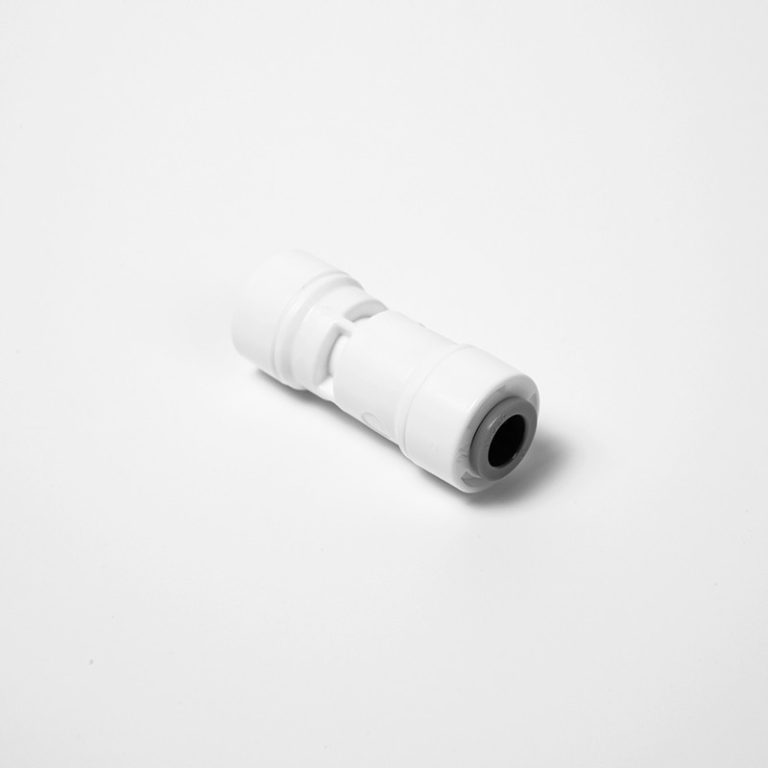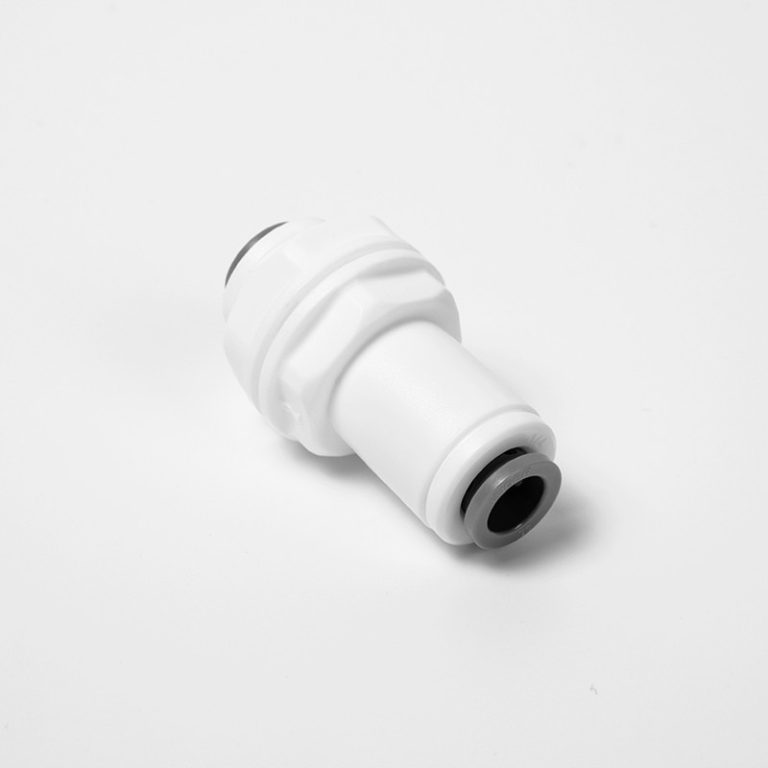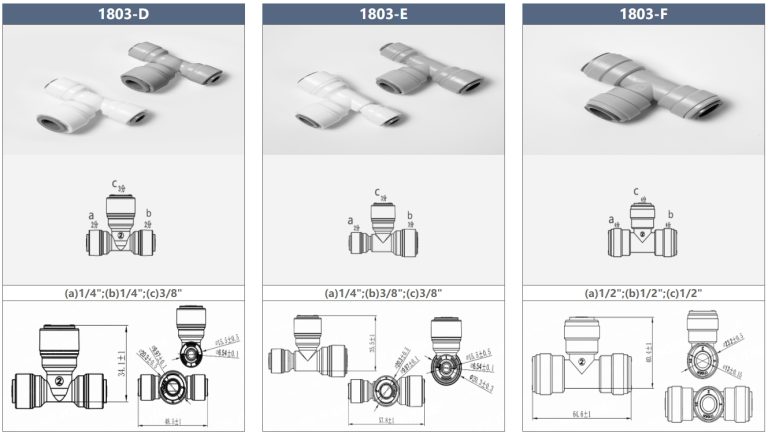“Secure connections for a shock-free future.”
Pros and Cons of Using PVC Fittings for Electrical Conduit
PVC fittings are commonly used in electrical conduit systems due to their durability, affordability, and ease of installation. However, like any material, there are both pros and cons to using PVC fittings for electrical conduit. In this article, we will explore the advantages and disadvantages of using PVC fittings in electrical conduit systems.
One of the main advantages of using PVC fittings for electrical conduit is their affordability. PVC fittings are typically much cheaper than other materials such as metal or fiberglass. This can make them a cost-effective option for projects with a tight budget. Additionally, PVC fittings are lightweight, making them easier to transport and install compared to heavier materials.
Another benefit of PVC fittings is their durability. PVC is a strong material that can withstand a wide range of temperatures and environmental conditions. This makes PVC fittings a reliable choice for outdoor applications where they may be exposed to harsh weather conditions. Additionally, PVC fittings are resistant to corrosion, making them a long-lasting option for electrical conduit systems.
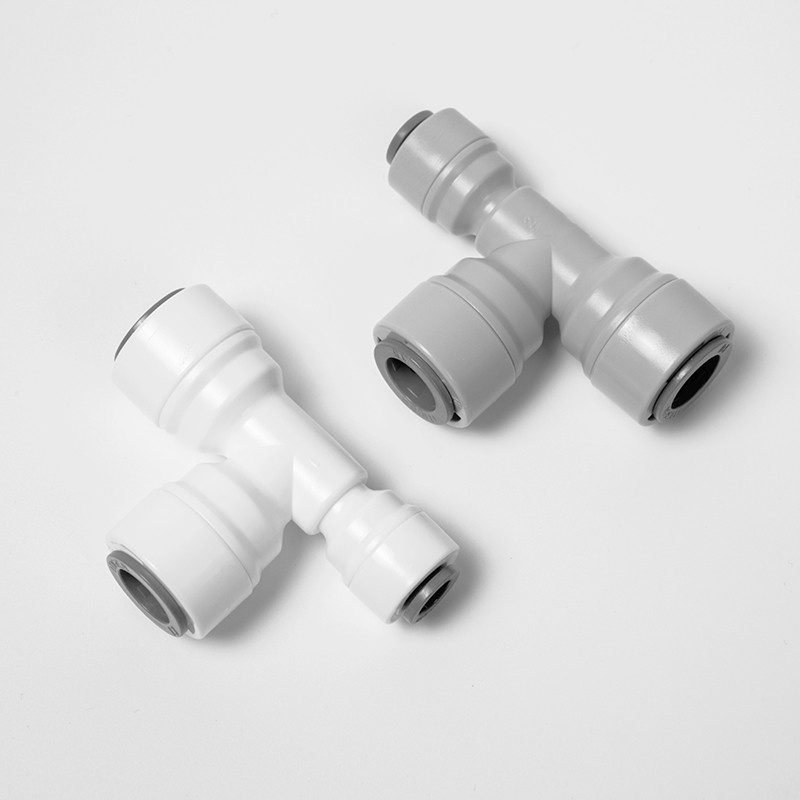
In terms of installation, PVC fittings are relatively easy to work with. They can be easily cut, glued, and connected using simple tools, making them a convenient option for DIY projects or professional installations. PVC fittings also come in a variety of shapes and sizes, allowing for flexibility in design and layout.
Despite their many advantages, there are some drawbacks to using PVC fittings for electrical conduit. One of the main concerns with PVC fittings is their flammability. PVC is a combustible material that can release toxic fumes when burned. This can be a safety hazard in the event of a fire, especially in enclosed spaces where the fumes may be trapped.
| Model | Tube(a) | Stem(b) |
|---|---|---|
| 1801-A | 1/4 | 1/4 |
| 1801-C | 1/4 | 3/36 |
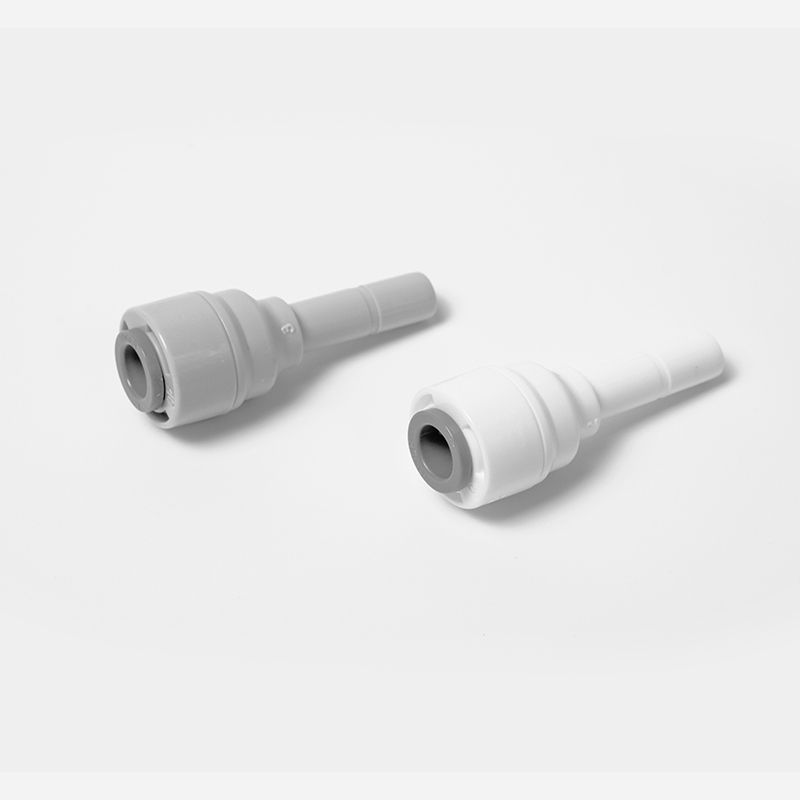
Another potential downside to using PVC fittings is their limited temperature range. PVC fittings are not suitable for high-temperature applications, as they can soften and deform when exposed to heat. This can be a problem in areas where electrical conduit systems may be subject to high temperatures, such as near heating equipment or in direct sunlight.
In addition, PVC fittings may not be as strong as other materials such as metal or fiberglass. While PVC is a durable material, it may not be able to withstand the same level of impact or pressure as other materials. This can be a concern in areas where the electrical conduit system may be at risk of damage from heavy machinery or other sources of impact.
| Model | Tube(a) | Stem(b) |
|---|---|---|
| 1801-A | 1/4 | 1/4 |
| 1801-C | 1/4 | 3/40 |
In conclusion, PVC fittings have both pros and cons when it comes to using them in electrical conduit systems. While they are affordable, durable, and easy to install, they also have limitations in terms of flammability, temperature range, and strength. It is important to weigh these factors carefully when choosing PVC fittings for your electrical conduit system and to ensure that they are suitable for your specific application.


